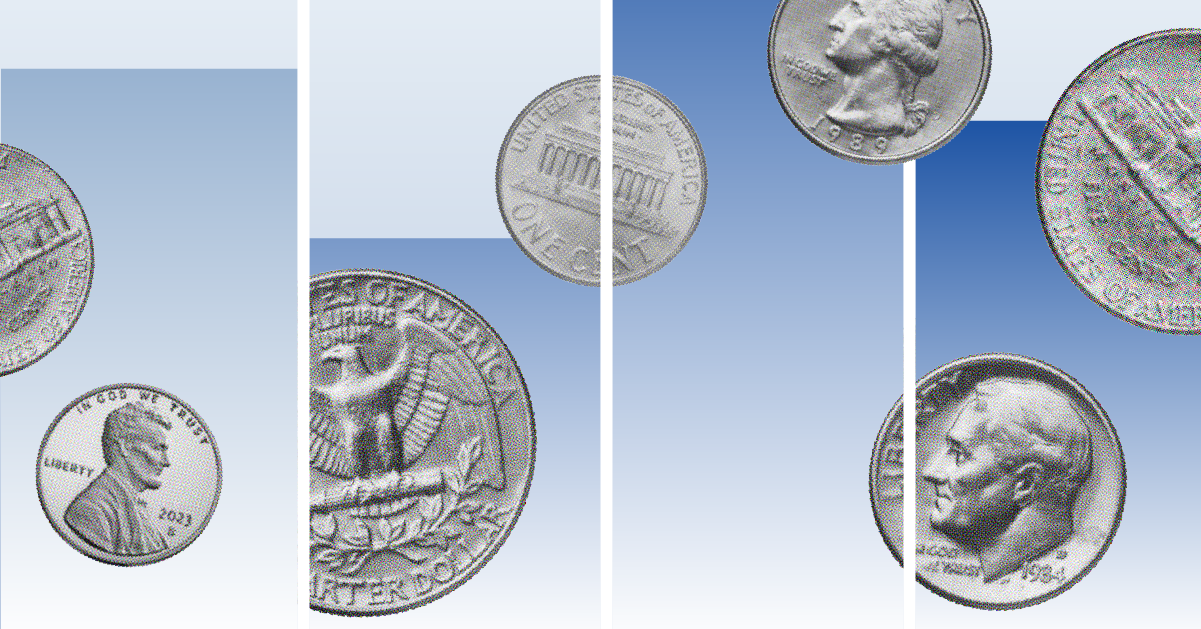
Nuclear power is switched on. In 2025, nuclear power generation is forecast to reach an all-time high globally, according to the International Energy Agency's (IEA) report Electricity 2024.
That exceeds the previous record set in 2021, as output from France climbs, several plants in Japan are restarted, and new reactors begin commercial operations in many markets, including China, India, South Korea, and Europe. The IEA now expects global nuclear generation to be almost 10% higher in 2026 than in 2023.
The fight against climate change and the consequent phasing out of fossil fuels, combined with Europe's need to become independent of Russian oil and gas imports, have led to a revival of interest in nuclear energy.
In July 2022, Europe included nuclear energy in its list of sustainable investments, recognizing its role as a transition fuel to a fully renewable power grid. The Joint Research Centre—the European Commission's science and knowledge service—said its analysis prior to its decision "did not reveal any science-based evidence that nuclear energy does more harm to human health or to the environment than other electricity production technologies already included in the taxonomy as activities supporting climate change mitigation."
Nuclear Makes a Comeback: 6 New Reactors in 2023
There are currently 413 nuclear reactors in operation worldwide, with an average age of around 32 years, according to the International Atomic Energy Agency. In 2023, six new reactor units were connected to the grid, and two Japanese units that had been shut down since the 2011 nuclear disaster at Fukushima were restarted. Five units were decommissioned, including the last three German plants.
Nuclear power is making a comeback in the energy programs of many countries. Canada, for example, is reviving its nuclear production after a 30-year hiatus, betting on small modular reactors, or SMRs, in the process. In Europe, the United Kingdom also aims to increase energy security, especially through SMRs. France is the most advanced European country in terms of nuclear energy capacity, and in June 2023, it announced a commitment of more than €100 million to boost its nuclear industry.
In the United States, the recently introduced Advance Act aims to support the development of new nuclear technologies domestically and abroad. However, in an interview, Morningstar's energy and utilities strategist Travis Miller said he doesn't expect "any significant growth in nuclear power in the US for the foreseeable future, as utilities prefer to invest in gas, wind, and solar generation, which have lower capital costs and less risk than new nuclear."
"Most nuclear plants in the US are rate-regulated, negating any upside for investors who think nuclear will become more valuable as the US pursues more aggressive clean energy targets. In most cases, any future upside for nuclear will go to utilities customers, not investors," he says.
Asia's Nuclear Energy Revival
Indeed, it's Asia that plays the biggest role in this "nuclear revival." In a big step forward, the government of India recently announced that private companies will be allowed to enter the nuclear industry, which is currently controlled by the state, setting ambitious targets to grow nuclear capacity.
At the same time, China approved 11 nuclear reactors across five sites in August 2024, a record amount of permits as its government leans even more heavily on atomic energy to support its push to cut emissions, said Chokwai Lee, greater China director of equity research at Morningstar, in an interview. The total investment for all 11 units will be at least CNY 220 billion ($31 billion), with construction taking about five years, according to financial publication Jiemian. Moreover, in 2022 and 2023, China approved the construction of 10 nuclear power units each year.
"We expect China to continue to grow its nuclear capacity; however, at company level, we caution that these projects will have long lead times of about five to six years per unit and won't have immediate contributions to earnings," says Lee.
The Pros and the Cons of Nuclear Energy
Nuclear energy remains controversial, in part because of nuclear accidents, use of uranium in nuclear weapons, the ever-present threat of uranium theft by bad actors, and the high costs of plant construction.
However, it offers a number of advantages over other clean energy technologies. It provides a clean and constant base load (the minimum level of demand on an electricity grid over a period of time), which renewables may struggle to offer. It can reliably supply energy at any time of day and regardless of weather conditions, and it requires less material than other transition technologies, which also lowers associated carbon emissions.
"In terms of clean and reliable energy generation, nuclear power has no equal," says Cindy Paladines, senior vice president for ESG at Los Angeles asset management firm TCW, in an interview. Like renewables, nuclear produces no direct carbon or greenhouse gas emissions.
"However," Paladines adds, "when evaluating the emissions costs of different power generation options over their lifecycle, nuclear power clearly wins."
Of course, radioactive waste and nuclear accidents, such as the Chernobyl disaster and the more recent Fukushima Daiichi disaster, have made the public suspicious of this technology.
However, even using conservative mortality totals (which include deaths from radiation exposure and, in the case of Fukushima, from the effects of the evacuation of the city), estimates from Our World in Data show that nuclear is second only to solar power in safety when viewed on the basis of per terawatt-hour of electricity generation.
:quality(80)/cloudfront-us-east-1.images.arcpublishing.com/morningstar/C7TYATTTOBEPPB7MPIO2R24TY4.png)
How to Invest in Nuclear Energy
Several companies covered by Morningstar equity analysts are worth keeping on your watchlist to gain exposure to renewed nuclear growth.
The largest global nuclear company is Électricité de France SA EDF, which is currently building four new nuclear reactors in France and in the United Kingdom. The stock was delisted in June 2023, as the French government nationalized the power company, partly because of its debt burden and its high funding needs related to building 14 French nuclear reactors by 2050. EDF remains active in the bond market. For example, it issued €3 billion of senior green bonds in June.
Among US companies, Morningstar's Miller highlights Constellation Energy CEG, which is the largest owner of nuclear plants in the US that are not rate-regulated. "This is the only utility in the US that has material economic exposure to nuclear," he says.
Constellation accounts for about 5% of Utilities Select Sector SPDR ETF XLU and other US utilities index funds. Meanwhile, Entergy ETR is the largest owner of rate-regulated nuclear plants in the US. "Nuclear revenues and profits are set by state regulators, so investors have very little direct exposure to nuclear economics with Entergy," he explains. The same holds true for another large nuclear plant owner in the US: Southern SO.
Among European companies, UK-based Centrica CNA has a 20% stake in EDF's UK nuclear plants. Most of these plants are supposed to close by 2030 but one, Sizewell B, is targeted to be extended to 2055 by EDF, says Tancrede Fulop, senior equity analyst at Morningstar.
"As such, it will contribute to Centrica's long-term earnings," he says.
Among European companies, Fulop also highlights Endesa ELE, an integrated utility operating in power production, distribution, and supply in the Iberian Peninsula.
"Its nuclear plants account for 40% of its total electricity output, however, as per the current legislation, all Spanish nuclear plants must be shut down by 2035."
Morningstar analysts also think Endesa is currently fairly valued: "the production mix is competitive. Between 2024 and 2028, we project net income to grow by 3.6% annually due to renewable capacity additions and improvement of customers business' profitability," affirms Fulop.
In the table below, using product involvement data from Sustainalytics, we selected the mutual funds most exposed (directly or indirectly) to nuclear energy among those distributed in the United States.
Nevertheless, Fulop says, the "nuclear renaissance will not be a dominant theme for European utilities, because, except for EDF, none of them plan to build a new nuclear reactor within the next decade, and investments will be limited to the extension of the useful life of existing reactors." Therefore, "other parts of the value chain could be more exposed: uranium miners, nuclear reactor manufacturers, nuclear fuel cycle companies, and nuclear engineering and construction companies."
The Great Beneficiary: Uranium
Uranium is an element used as fuel in nuclear power plants. Because of its toxicity, it has never enjoyed a great reputation with the public, but it is obviously a commodity directly linked to the development of nuclear energy. Kazakhstan is the world's largest producer of uranium, accounting for more than 40% of global production. Following Kazakhstan are Australia, Namibia, and Canada, at 13%, 11%, and 8%, respectively.
The uranium market was disrupted by the outbreak of war in Ukraine. Kyiv depended heavily on Russian uranium. Following the invasion, Ukraine, which has 15 reactors, rushed to sign a 12-year supply agreement with Canada. Meanwhile, operators in Finland and Eastern Europe were hit the hardest, as they owned Russian-made reactors—which only Russian companies knew how to supply. It took a year to find an American competitor capable of packing the uranium rods into the hexagonal blocks required by these plants.
Spot prices surged 260% between August 2021 and January 2023, hitting a peak of $107 per pound. This is mainly because 10 years of a bear market in uranium led to a lack of investment in new mining and a reduction in inventories. Since then, the uranium market fell to a low of $78 on August 2024, stabilizing at around $80 per pound.
"Rising prices prompted miners to revive their project pipelines," according to Roberta Caselli, commodities investment strategist at Global X.
"Miners are expected to increase global uranium production by 24% by 2028. Based on the indications coming from various organizations, Canadian, US, and Australian mining companies are likely to be the main drivers of this increase," she says.
At the same time, according to a recent forecast by the World Nuclear Association, demand for uranium in nuclear reactors is expected to climb by 28% by 2030 and to nearly double by 2040 as governments ramp up nuclear power capacity to meet zero-carbon targets.
Finally, as happened before with other commodities, the launch of new investment vehicles on physical uranium—such as exchange-traded commodities or physical unit trusts—over the last years gave a further boost to overall demand. All this may create interesting investment opportunities.
There are three exchange-traded funds that are directly exposed to the value of uranium and uranium miners and available to investors in Europe.








:quality(80)/cloudfront-us-east-1.images.arcpublishing.com/morningstar/6BCTH5O2DVGYHBA4UDPCFNXA7M.png)























